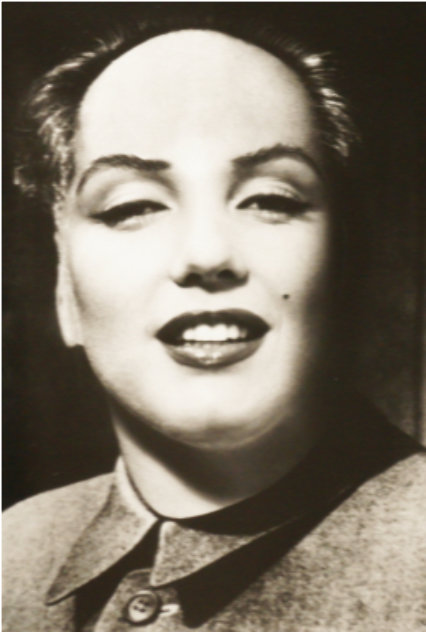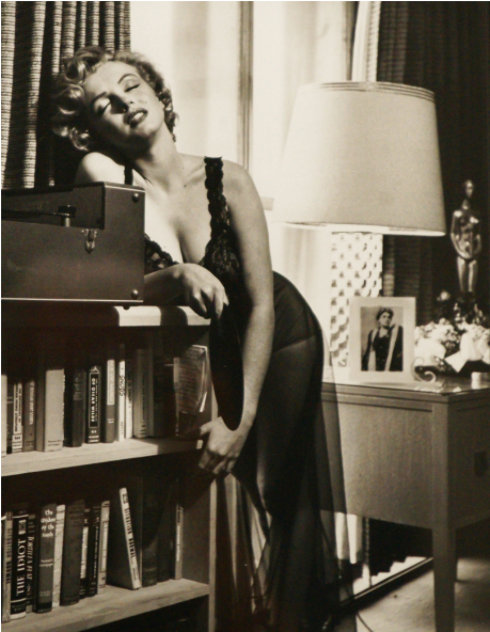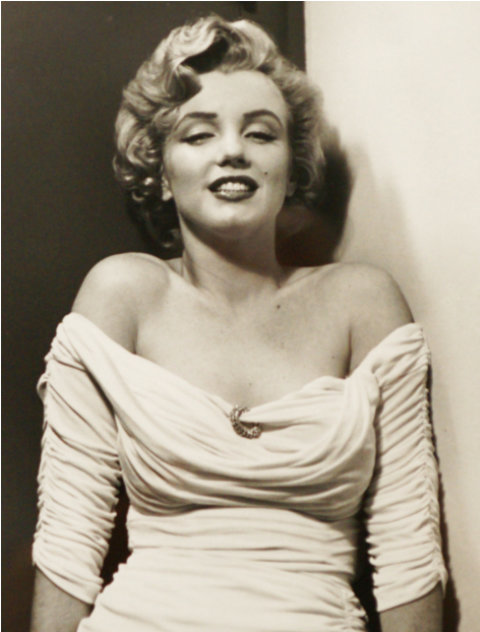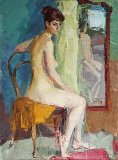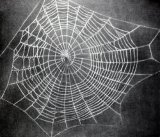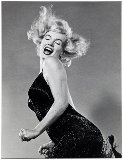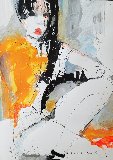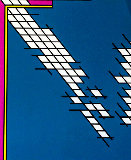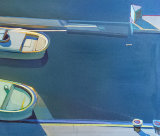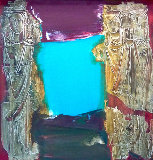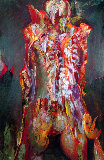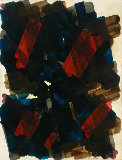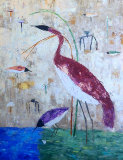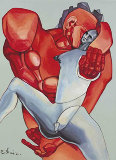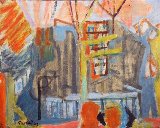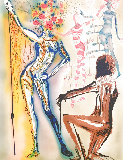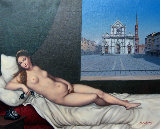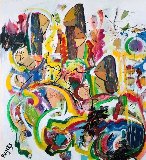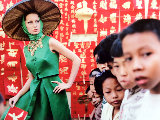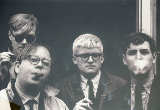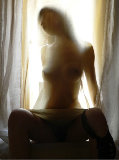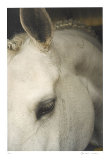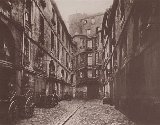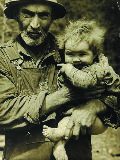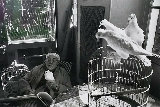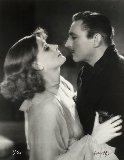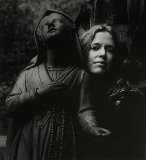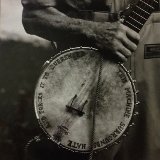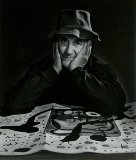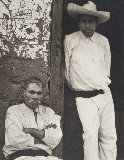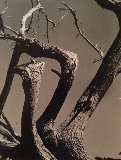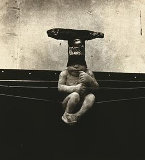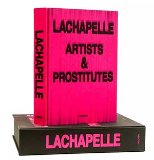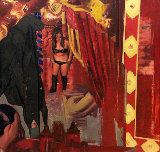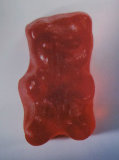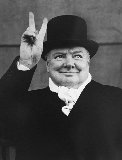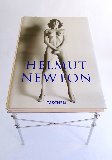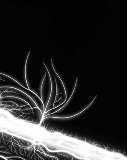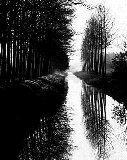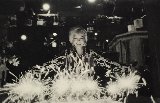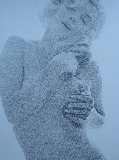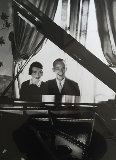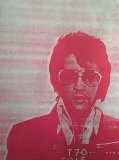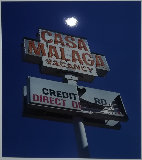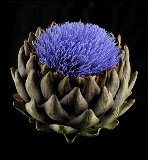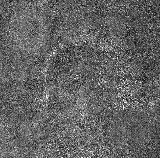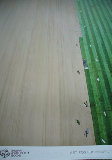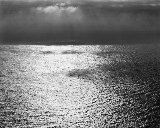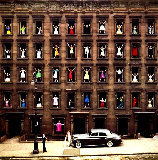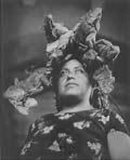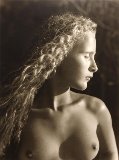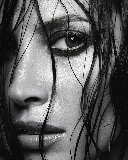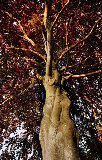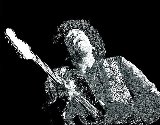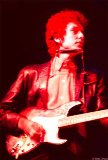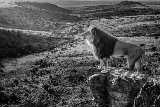






Marilyn Monroe, Jumping 1959
Philippe Halsman
Photography : Gelatin Silver Print
Size : 13.78x11.02 in | 35x28 cm
Framed : 19.69x15.75 in | 50x40 cm
Edition : From the edition of 250
Reduced
- 🔥Limited Edition Gelatin Silver Print - Blue Chip $4,500
Year1959
Other
Condition Excellent
Other FramePasse Partout
Purchased fromAuction House 2000
Certificate of AuthenticityArt Brokerage
LID122710
Philippe Halsman - United States
Art Brokerage: Phillippe Halsman Latvian-American Artist, Photographer. b. 1906-1979. Philippe Halsman was a Latvian-born American portrait photographer. Halsman had his first success in America when the cosmetics firm Elizabeth Arden used his image of model Constance Ford against the American flag in an advertising campaign for "Victory Red" lipstick. A year later in 1942 he found work with Life, photographing hat designs, one of which, a portrait of a model in a Lilly Dacha hat, was his first of the many covers he would do for Life. In 1941 Halsman met the surrealist artist Salvador Dali and they began to collaborate in the late 1940s. The 1948 work Dali Atomicus explores the idea of suspension, depicting three cats flying, a bucket of thrown water, and Salvador Dali in mid air. The title of the photograph is a reference to Dali's work Leda Atomica which can be seen in the right of the photograph behind the two cats. Halsman reported that it took 28 attempts to be satisfied with the result. Halsman and Dali eventually released a compendium of their collaborations in the 1954 book Dali's Mustache, which features 36 different views of the artist's distinctive mustache. Another famous collaboration between the two was In Voluptas Mors, a surrealistic portrait of Dali beside a large skull, in fact a tableau vivant composed of seven nudes. His 1961 book Halsman on the Creation of Photographic Ideas, discussed ways for photographers to produce unusual pieces of work by following six rules: "the rule of the direct approach," "the rule of the unusual technique," "the rule of the added unusual feature," "the rule of the missing feature," "the rule of compounded features," and "the rule of the literal or ideographic method." In his first rule, Halsman explains that being straightforward and plain creates a strong photograph. In 1952, John F. Kennedy had two photograph sittings by Halsman. The result was that one photograph from the first sitting appeared on the jacket of the original edition of Profiles in Courage. In the second sitting a photograph was used in the senatorial campaign. Listings wanted.

